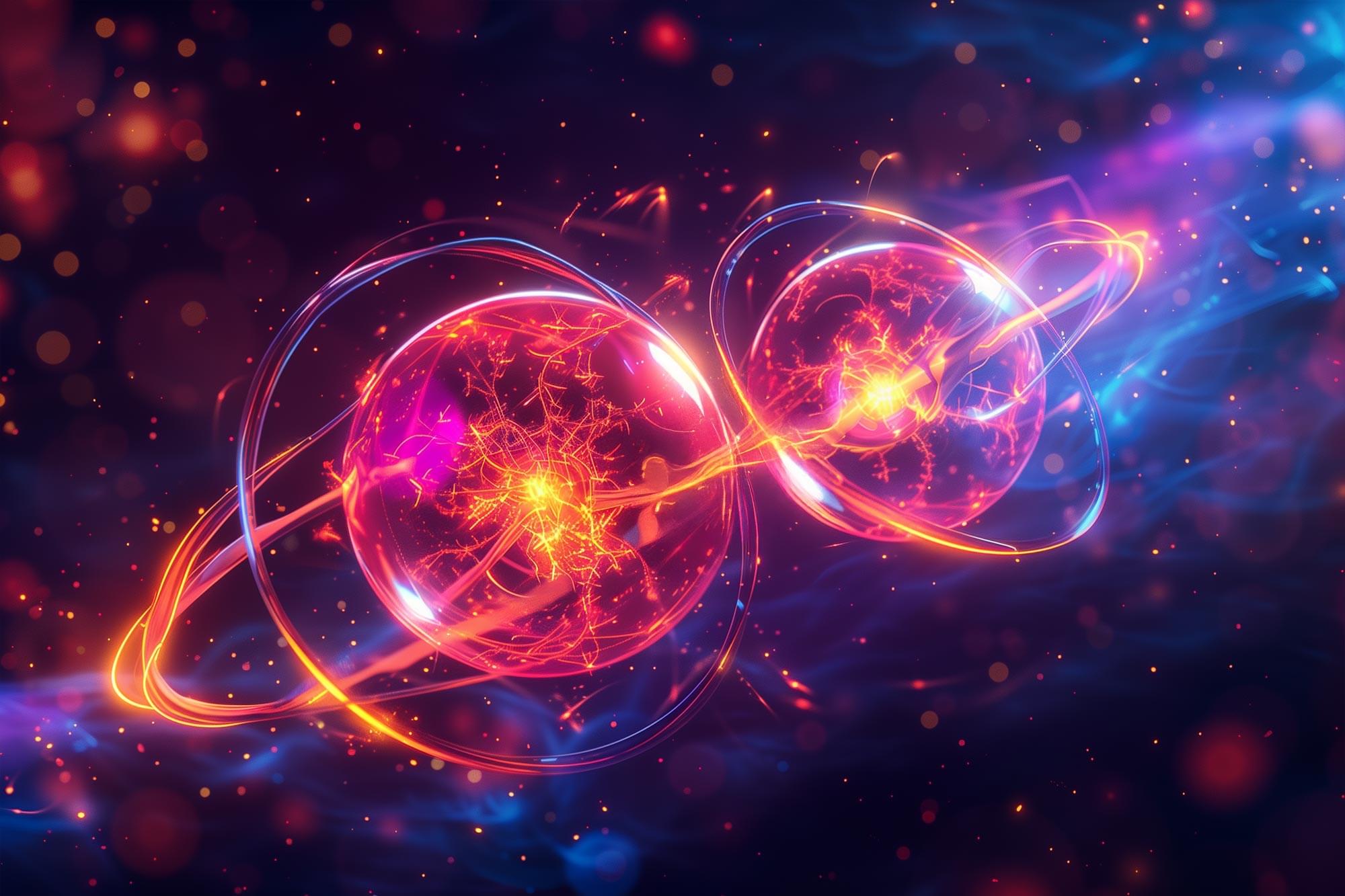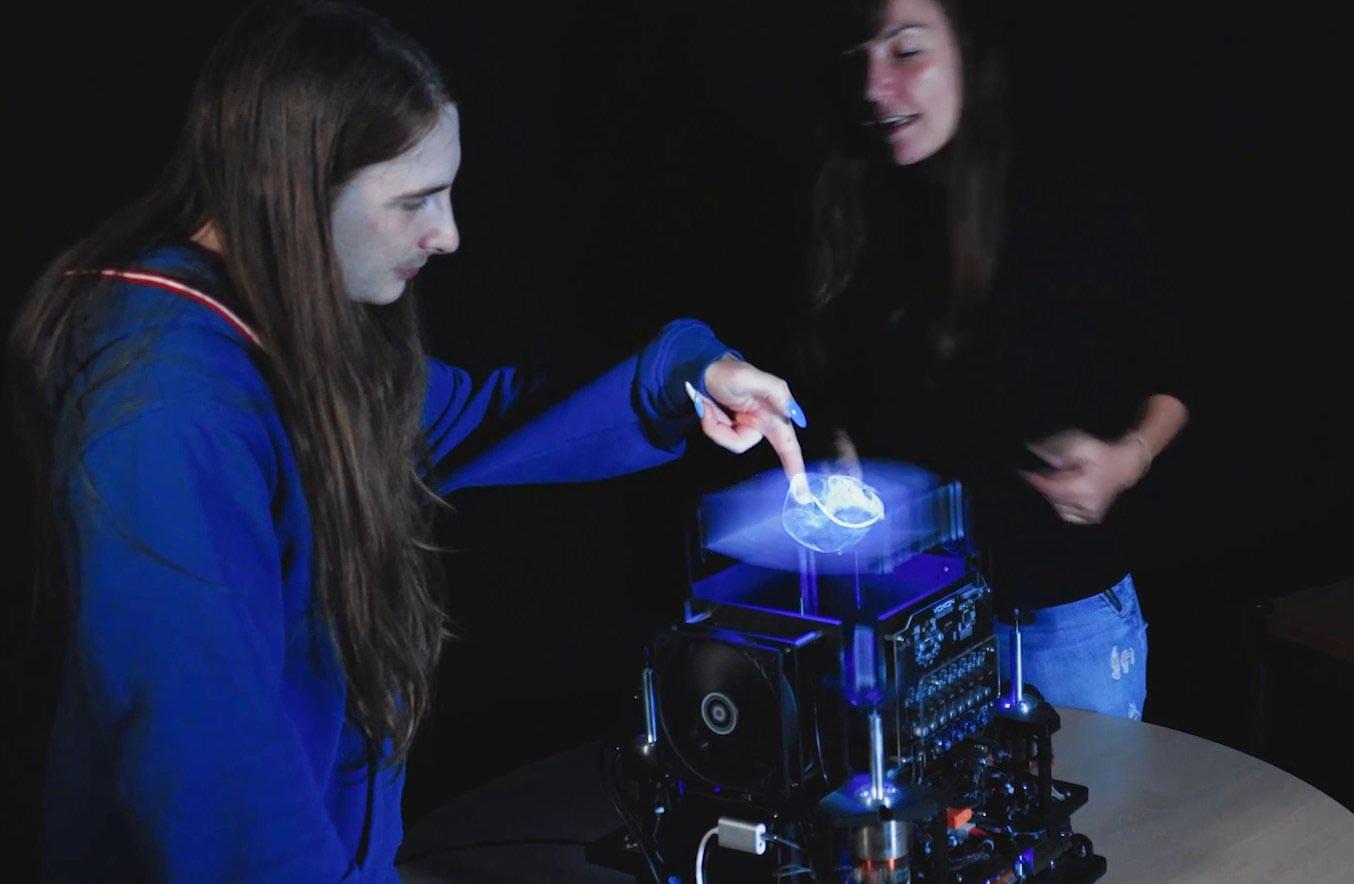A brief episode of anxiety may have a bigger influence on a person’s ability to learn what is safe and what is not. Research recently published in npj Science of Learning has used a virtual reality game that involved picking flowers with bees in some of the blossoms that would sting the participant—simulated by a mild electrical stimulation on the hand.
Researchers worked with 70 neurotypical participants between the ages of 20 and 30. Claire Marino, a research assistant in the ZVR Lab, and Pavel Rjabtsenkov, a Neuroscience graduate student at the University of Rochester School of Medicine and Dentistry, were co-first authors of the study.
Their team found that the people who learned to distinguish between the safe and dangerous areas—where the bees were and were not—showed better spatial memory and had lower anxiety, while participants who did not learn the different areas had higher anxiety and heightened fear even in safe areas.









